Home>Garden Essentials>When Does Crabgrass Germinate In Massachusetts


Garden Essentials
When Does Crabgrass Germinate In Massachusetts
Modified: March 16, 2024
Learn when crabgrass germinates in Massachusetts and how to prevent it in your garden. Expert tips and advice for a weed-free lawn.
(Many of the links in this article redirect to a specific reviewed product. Your purchase of these products through affiliate links helps to generate commission for Storables.com, at no extra cost. Learn more)
Introduction
Gardening enthusiasts in Massachusetts might be all too familiar with the pesky weed known as crabgrass. This invasive plant has the ability to quickly take over a well-maintained lawn, leaving homeowners frustrated and searching for effective ways to eradicate it. Understanding the germination process of crabgrass is the first step in successfully preventing its growth and maintaining a beautiful lawn.
Crabgrass, scientifically known as Digitaria, is an annual grassy weed that thrives in warm-season regions like Massachusetts. Its germination cycle typically begins in the late spring when soil temperatures reach around 55 to 60 degrees Fahrenheit. During this time, crabgrass seeds that were dropped the previous year or carried by wind or animals start to sprout and establish themselves in lawns.
Factors such as climate and temperature conditions, soil moisture and pH levels, light exposure, and the time of year play crucial roles in the germination process of crabgrass. By understanding these factors, homeowners can implement preventative measures to keep crabgrass at bay and maintain a healthy, green lawn.
Climate and temperature conditions are vital for crabgrass germination. Massachusetts experiences a temperate climate, with hot summers and cold winters. Soil temperatures begin to warm up in the spring, triggering the germination process. It is important to note that crabgrass thrives in warmer temperatures, especially during the summer months. Therefore, the timing of crabgrass germination coincides with the peak growing season of lawns.
Soil moisture and pH levels also play a significant role in crabgrass germination. Crabgrass seeds prefer moist soil conditions and can germinate more successfully when there is sufficient moisture available. On the other hand, excessively dry or waterlogged soil can inhibit germination. Maintaining the proper moisture level is crucial to preventing crabgrass growth. Additionally, crabgrass thrives in neutral to slightly acidic soil, so maintaining a slightly higher pH level can discourage its growth.
Light exposure is another important factor to consider. Unlike many other lawn grasses, crabgrass thrives in areas with more sunlight. It prefers direct sunlight and can struggle to grow in shaded areas. Therefore, lawns with dense tree canopies or structures that create shade are less likely to experience crabgrass infestation. Maximizing sunlight exposure to the lawn can help prevent the germination and establishment of crabgrass seeds.
The time of year is an essential consideration when dealing with crabgrass germination. As mentioned earlier, crabgrass typically germinates in late spring when soil temperatures are favorable. However, the exact timing can vary depending on weather conditions. Keeping track of soil temperature and being aware of when crabgrass is likely to germinate can help homeowners implement preventative measures at the right time.
Monitoring and preventing crabgrass germination requires a proactive approach and regular maintenance. By implementing proper lawn care practices and utilizing pre-emergent herbicides, homeowners can significantly reduce the chances of crabgrass infestation. In the following sections, we will explore these preventative measures in more detail to help homeowners maintain a crabgrass-free lawn.
Key Takeaways:
- Crabgrass germinates in Massachusetts in late spring when soil temperatures reach 55-60°F. Understanding climate, soil moisture, and light exposure can help prevent its growth.
- Proper lawn maintenance, including mowing, watering, and using pre-emergent herbicides, is crucial for preventing crabgrass. Timing is key for effective prevention.
Read more: When Does Crabgrass Germinate In Iowa
Understanding Crabgrass Germination
Crabgrass, a common nuisance in lawns, begins its germination process when soil temperatures reach around 55 to 60 degrees Fahrenheit. Understanding the life cycle of crabgrass can help homeowners effectively combat its growth and keep their lawns healthy and weed-free.
Crabgrass, scientifically known as Digitaria, is an annual grassy weed that reproduces by seed. It starts its life cycle as a seed dropped from the previous year’s plants or carried by wind, animals, or even lawn equipment. Once the conditions are favorable, the crabgrass seeds begin to germinate, taking root in lawns and gardens.
The germination process of crabgrass is influenced by various factors, including climate, temperature, and soil conditions. In Massachusetts, crabgrass typically starts germinating in late spring, coinciding with the warming of the soil and the onset of the peak growing season for lawns.
Soil moisture and pH levels also play a significant role in crabgrass germination. The seeds require adequate moisture in the soil to germinate successfully. However, excessive moisture can create unfavorable conditions, leading to inhibited germination. Striking a balance in soil moisture levels is crucial to preventing the growth of crabgrass.
Another important factor is light exposure. Unlike many lawn grasses, which thrive in shady areas, crabgrass prefers direct sunlight. It struggles to grow and establish in areas with limited sunlight or dense tree canopies. Homeowners who strive to maximize sunlight exposure on their lawns are more likely to prevent crabgrass from germinating and taking over.
The time of year is a crucial consideration in understanding crabgrass germination. In Massachusetts, the germination process usually occurs from late spring to early summer when soil temperatures are conducive to seed germination. However, weather conditions and variations in temperature can influence the precise timing. Monitoring soil temperature and being aware of local climatic patterns can help homeowners anticipate crabgrass germination and take preventative measures accordingly.
By understanding the germination process of crabgrass, homeowners can be proactive in preventing its growth. Regular monitoring of soil temperature, proper maintenance of soil moisture levels, maximizing sunlight exposure, and implementing timely preventative measures can all contribute to a crabgrass-free lawn. In the following sections, we will further explore the factors that affect crabgrass germination and discuss effective strategies for monitoring and preventing its growth.
Factors Affecting Crabgrass Germination
Several key factors contribute to the germination process of crabgrass. Understanding these factors can help homeowners implement effective prevention strategies and keep their lawns free from this invasive weed.
1. Climate and Temperature Conditions:
Crabgrass thrives in warm-season regions, including Massachusetts, with hot summers and mild winters. The germination process typically begins in late spring when soil temperatures reach around 55 to 60 degrees Fahrenheit. Warmer temperatures during the summer months create ideal conditions for crabgrass growth. Timing preventive measures to coincide with the peak growing season of both lawns and crabgrass is crucial for successful prevention.
2. Soil Moisture and pH Levels:
Crabgrass seeds require adequate moisture to germinate successfully. However, excessive moisture or waterlogged soil can inhibit germination. Maintaining proper moisture levels in the soil is essential to prevent crabgrass growth. Additionally, crabgrass thrives in neutral to slightly acidic soil, so maintaining a slightly higher pH level can discourage its growth.
3. Light Exposure:
Unlike many other lawn grasses, crabgrass prefers direct sunlight and struggles to grow in shaded areas. Lawns with dense trees, structures blocking sunlight, or areas with limited exposure are less likely to experience crabgrass infestation. Maximizing sunlight exposure to your lawn can help prevent crabgrass germination and establishment.
4. Time of Year:
Crabgrass seeds typically germinate in late spring to early summer when soil temperatures are suitable. However, the exact timing can vary depending on weather conditions. Monitoring soil temperature and being aware of local climate patterns can help homeowners anticipate crabgrass germination and take timely preventative measures.
5. Seed Bank Density:
Crabgrass seeds can remain viable in the soil for several years, forming a seed bank. The density of crabgrass seeds in the soil plays a role in the likelihood of germination. Higher seed bank densities increase the chances of crabgrass germination. Implementing preventive measures, such as regular lawn maintenance and pre-emergent herbicide applications, can significantly reduce the seed bank density and minimize future germination.
Understanding these factors allows homeowners to take a proactive approach in preventing crabgrass germination. By adjusting soil moisture levels, maximizing sunlight exposure, monitoring soil temperature, and regularly maintaining the lawn, homeowners can significantly reduce the likelihood of crabgrass growth. In the next sections, we will delve into specific strategies to monitor and prevent crabgrass germination effectively.
Climate and Temperature Conditions
Climate and temperature conditions play a crucial role in the germination process of crabgrass. Understanding how these factors affect crabgrass growth can help homeowners implement effective prevention strategies to maintain a weed-free lawn.
In Massachusetts, a temperate climate is prevalent, characterized by hot summers and cold winters. The germination of crabgrass typically begins in late spring when soil temperatures reach around 55 to 60 degrees Fahrenheit. This timing aligns with the peak growing season for lawns, making it essential to be vigilant and proactive in preventing crabgrass growth.
Crabgrass thrives in warmer temperatures, especially during the summer months. The optimum temperature range for crabgrass germination and growth is between 75 and 85 degrees Fahrenheit. Massachusetts’ climate provides the ideal conditions for crabgrass to flourish during the summer, as the temperature often falls within this favorable range.
During the winter months in Massachusetts, when soil temperatures drop significantly, crabgrass enters a dormant stage. The seeds lay dormant in the soil, waiting for the soil to warm up in the following spring. This natural cycle enables crabgrass to continue its growth and reproduction during the warm months, posing a threat to well-maintained lawns.
To prevent crabgrass germination and growth, homeowners should implement measures during the appropriate seasons. Timing is crucial in applying pre-emergent herbicides, as these products work by forming a barrier in the soil to prevent crabgrass seeds from germinating. Applying herbicides in early spring, just before crabgrass seed germination occurs, can be highly effective in controlling its growth.
In addition to timing, understanding the local climate patterns can also help in preventing crabgrass growth. Monitoring soil temperature is key, as it indicates when the soil is reaching the temperature range favorable for germination. Various soil thermometers and online resources can assist homeowners in tracking soil temperature and identifying the appropriate time to implement preventative measures.
While climate and temperature are critical factors in the germination process, it is important to note that crabgrass can still pose a threat in different climatic regions. Whether you are in Massachusetts or any other state, understanding the specific climate conditions of your area and the corresponding temperature range for crabgrass germination is essential for effective prevention.
By being aware of the climate and temperature conditions that favor crabgrass growth, homeowners can take appropriate actions to prevent its germination and maintain a pristine lawn. Combining targeted herbicide applications, regular lawn maintenance, and monitoring soil temperature will go a long way in keeping crabgrass at bay and ensuring a healthy, weed-free outdoor space.
Soil Moisture and pH Levels
Soil moisture and pH levels play a significant role in the germination process and growth of crabgrass. Understanding how these factors impact crabgrass can help homeowners effectively prevent its establishment and maintain a healthy lawn.
Crabgrass seeds require adequate moisture in the soil to germinate successfully. They typically prefer soil moisture levels that are neither too dry nor too waterlogged. Maintaining proper soil moisture is essential in preventing germination and growth.
Excessive moisture or waterlogged soil can inhibit crabgrass germination. It is important to avoid over-irrigation, which can create muddy conditions and promote the growth of unwanted weeds. Proper irrigation practices involve watering deeply and infrequently, allowing the soil to dry out slightly between watering sessions. This practice helps to discourage the germination of crabgrass seeds.
On the other hand, overly dry soil conditions can also hinder crabgrass germination. Seeds may lie dormant until suitable moisture levels are achieved. Regular watering, especially during dry periods, can create a more favorable environment for crabgrass germination.
In addition to soil moisture, the pH level of the soil plays a role in crabgrass growth. Crabgrass thrives in neutral to slightly acidic soil conditions. Maintaining a slightly higher pH level can help deter the growth of this invasive weed.
A soil pH level of around 6.5 to 7.0 is considered optimal for most turfgrass species, as it provides a conducive environment for their growth while inhibiting the growth of weeds like crabgrass. Conducting a soil test can help determine the pH level of the soil in your lawn. If the pH level is lower than recommended, applying a lime treatment can help raise it and create a less favorable environment for crabgrass germination.
Proper lawn maintenance practices, such as mowing at the appropriate height and collecting the clippings, can also contribute to maintaining moisture levels and reducing the chances of crabgrass germination. Taller grass shades the soil, helping to retain moisture and inhibit weed growth.
In summary, controlling soil moisture and pH levels is important in preventing crabgrass germination. Avoiding excessive irrigation and maintaining a balanced moisture level in the soil can discourage crabgrass growth. Additionally, maintaining a slightly higher pH level can create a less favorable environment for crabgrass germination.
By understanding the impact of soil moisture and pH levels on crabgrass growth, homeowners can take preventive measures to minimize its establishment. Combining appropriate irrigation practices, regular soil testing, and optimum lawn maintenance will contribute to a healthy, crabgrass-free lawn.
Read more: When Crabgrass Germinate
Light Exposure
Light exposure is a critical factor in the germination and growth of crabgrass. Unlike many lawn grasses that thrive in shaded areas, crabgrass prefers direct sunlight and struggles to establish in areas with limited light. Understanding the impact of light exposure can help homeowners prevent the growth of crabgrass and maintain a healthy lawn.
Crabgrass seeds require a significant amount of sunlight to germinate and grow successfully. They thrive in areas with ample sun exposure, especially during the warm summer months. Lawns that receive direct sunlight for a substantial portion of the day are more susceptible to crabgrass infestation.
In contrast, areas with dense tree canopies, structures that cast shadows, or sections of the lawn that are consistently shaded are less likely to experience crabgrass growth. These shaded areas do not provide the necessary light conditions for crabgrass seeds to germinate and establish.
Maximizing sunlight exposure to the lawn can help prevent crabgrass germination. Trimming trees or shrubs that create heavy shading can allow more sunlight to reach the turfgrass, reducing the ideal conditions for crabgrass to thrive. Additionally, minimizing the presence of structures or obstacles that cast prolonged shadows on the lawn can further discourage crabgrass growth.
Ideally, it is best to design and maintain a lawn where the grass receives at least six to eight hours of full sunlight each day. This amount of sunlight promotes the healthy growth of desired turfgrass, restricting the opportunities for crabgrass to take hold.
In cases where it is not possible to alter the light conditions in certain areas of the lawn, such as under large trees, homeowners can consider alternative landscaping options. Ground covers that tolerate shade can be planted, minimizing exposed soil and preventing crabgrass seeds from germinating.
Regular lawn maintenance practices, such as proper mowing and removing lawn debris, also contribute to maximizing sunlight exposure. Trimming the grass to the appropriate height ensures that the entire lawn receives adequate sunlight. Collecting lawn clippings and debris prevents them from forming thick patches that can shade the underlying soil and create favorable conditions for crabgrass germination.
By understanding the impact of light exposure on crabgrass growth, homeowners can take measures to maximize sunlight exposure to their lawns, reducing the chances of crabgrass germination and establishment. Strategically managing shade, choosing appropriate landscaping options for shaded areas, and maintaining a well-maintained lawn will contribute to a healthy, crabgrass-free outdoor space.
Time of Year
The time of year is a crucial consideration when dealing with crabgrass germination. Understanding the specific timing can help homeowners implement timely preventive measures to keep their lawns free from this invasive weed.
In Massachusetts, crabgrass seeds typically begin to germinate in late spring when soil temperatures reach around 55 to 60 degrees Fahrenheit. This period coincides with the warming of the soil and the onset of the peak growing season for lawns. The exact timing may vary depending on the weather conditions in a given year.
Monitoring the soil temperature is essential to assess when the conditions are favorable for crabgrass germination. Homeowners can use various tools, such as soil thermometers, to measure soil temperature and determine the appropriate timing for preventive actions.
Timing is crucial when applying pre-emergent herbicides, which form a barrier in the soil to prevent crabgrass seeds from germinating. These herbicides should ideally be applied before crabgrass germination occurs. Applying them too early may result in ineffective prevention, while applying them too late may allow the seeds to germinate and establish themselves.
Observing the local climate patterns helps in predicting the ideal timing for taking preventive measures. Being aware of the general weather conditions and monitoring soil temperatures allow homeowners to anticipate crabgrass germination. This knowledge empowers them to apply herbicides and implement preventive strategies at the right time, effectively inhibiting the growth of crabgrass.
Timing is also crucial when practicing regular lawn maintenance. Mowing the grass at the proper height is important in preventing crabgrass germination. Cutting the grass too short can stress the turf and create favorable conditions for crabgrass growth. Conversely, maintaining the grass at a slightly taller height shades the soil, preventing sunlight from reaching the underlying seeds and inhibiting germination.
During the fall season, it is equally important to stay vigilant in preventing crabgrass growth. While the main germination cycle occurs in the spring, crabgrass can still produce seeds in the fall if not managed properly. Regularly removing any crabgrass plants, especially before they go to seed, helps minimize the seed source for future germination.
Understanding the specific time of year when crabgrass germination occurs is essential in effective prevention. Monitoring soil temperature, being aware of local climate patterns, and practicing timely lawn maintenance all contribute to successfully keeping crabgrass at bay. By taking preventive measures at the right time, homeowners can maintain a healthy, crabgrass-free lawn throughout the year.
Crabgrass typically germinates in Massachusetts when soil temperatures reach around 55-60°F for several consecutive days in the spring. Keep an eye on soil temperature to know when to start applying pre-emergent herbicides.
Monitoring and Preventing Crabgrass Germination
Effectively monitoring and preventing crabgrass germination is essential for maintaining a healthy and weed-free lawn. By implementing proactive measures and regular lawn maintenance, homeowners can significantly reduce the chances of crabgrass growth. Here are some strategies to consider:
1. Regular Lawn Maintenance:
Regular lawn maintenance is crucial in preventing crabgrass germination. This includes tasks such as mowing, watering, and aerating the lawn. Keeping the grass at the proper height (around 3-4 inches) shades the soil, preventing sunlight from reaching the crabgrass seeds and inhibiting germination. Additionally, regular aeration promotes healthy root growth and makes it difficult for crabgrass to establish itself.
2. Proper Mowing Techniques:
Proper mowing techniques play a significant role in preventing crabgrass growth. Mowing too short can stress the grass and create space for crabgrass to take root. Set your mower to the appropriate height for your grass type and avoid cutting more than one-third of the grass blade at a time. This encourages healthy grass growth and reduces the chances of crabgrass germination.
3. Irrigation Practices:
Maintaining proper soil moisture levels is essential for preventing crabgrass germination. Watering deeply and infrequently encourages deep root growth in desired turf grasses while discouraging crabgrass growth. Watering in the morning allows the grass to dry out during the day, preventing prolonged moisture that could help crabgrass thrive.
4. Pre-Emergent Herbicides:
Pre-emergent herbicides can be highly effective in preventing crabgrass germination. These herbicides create a barrier in the soil that inhibits crabgrass seed germination. It is crucial to apply pre-emergent herbicides at the right time, just before crabgrass germination occurs. Consult with a local garden expert or follow the instructions on the product carefully for optimal results.
5. Regular Weed Inspection and Removal:
Regularly inspecting your lawn for any potential weed growth, including crabgrass, is vital. Early detection allows for prompt action, preventing the spread and establishment of weeds. Hand-pulling or spot-treating emerging crabgrass plants before they go to seed can significantly reduce the seed source for future germination.
6. Proper Lawn Fertilization:
Properly fertilizing the lawn can help promote healthy grass growth and discourage weed growth, including crabgrass. However, it is essential to follow recommended guidelines for fertilization to avoid over-fertilization, which can actually promote the growth of crabgrass. Consult with a lawn care professional to determine the appropriate fertilization schedule and type of fertilizer for your lawn’s specific needs.
Monitoring and preventing crabgrass germination requires consistent effort and attention to detail. By implementing these strategies and being proactive in your lawn maintenance, you can greatly reduce the chances of crabgrass infestation and maintain a beautiful, weed-free lawn.
Regular Lawn Maintenance
Regular lawn maintenance is essential for the health and appearance of your lawn, as well as for preventing the growth of weeds like crabgrass. By implementing a consistent lawn care routine, you can reduce the chances of crabgrass germination and establish a healthy, lush lawn. Here are some key practices to include in your regular lawn maintenance:
1. Mowing:
Proper mowing is crucial in maintaining a healthy lawn and preventing crabgrass growth. Set your mower to the appropriate height for your grass type and avoid cutting more than one-third of the grass blade at a time. Taller grass shades the soil, making it less favorable for crabgrass seeds to germinate. Additionally, regular mowing encourages thicker grass growth, which can help prevent weed growth by crowding out any potential invaders.
2. Watering:
Maintaining proper soil moisture levels is essential for a healthy lawn. Water deeply and infrequently, making sure the water penetrates the soil to encourage deep root growth. Avoid shallow and frequent watering, as this promotes a shallow root system and can create favorable conditions for crabgrass germination. Water your lawn early in the morning so that it has time to dry out during the day, reducing the risk of prolonged moisture that can benefit weed growth.
3. Aeration:
Aerating your lawn helps to alleviate compacted soil and promote better air and water circulation in the root zone. This allows the grass to develop a stronger root system and makes it harder for crabgrass seeds to take hold. Consider aerating your lawn once or twice a year, particularly in areas with high foot traffic or heavy clay soil.
4. Fertilizing:
Properly fertilizing your lawn helps to promote healthy grass growth, making it more resilient against crabgrass and other weeds. A well-nourished lawn will have stronger roots and thicker grass, creating a less favorable environment for weed seeds to germinate. Consult with a lawn care professional or perform a soil test to determine the correct type and amount of fertilizer for your specific soil and grass type.
5. Overseeding:
Regularly overseeding your lawn can help fill in bare or thin spots, promoting a dense and healthy turf. A thick turf reduces the space available for weed seeds, including crabgrass, to germinate and grow. Choose a quality grass seed appropriate for your climate and grass type and follow the recommended overseeding instructions for optimal results.
6. Weed Control:
Regularly inspect your lawn for any signs of weeds, including crabgrass. Promptly hand-pull or spot-treat any emerging crabgrass plants before they have a chance to go to seed. Be diligent in removing any weed debris from your lawn so that seeds are not spread or reintroduced. Applying pre-emergent herbicides, following the instructions carefully, can also help prevent the germination of crabgrass seeds.
By incorporating these regular lawn maintenance practices into your routine, you can maintain a healthy and beautiful lawn while minimizing the chances of crabgrass germination. Proactive care and attention to detail will go a long way in achieving a weed-free lawn that you can enjoy throughout the seasons.
Read more: What Temperature Does Crabgrass Germinate
Proper Mowing Techniques
Proper mowing techniques are essential for maintaining a healthy lawn and preventing the growth of weeds like crabgrass. By following these guidelines, you can promote healthy grass growth, discourage weed establishment, and keep your lawn looking its best:
1. Set the Right Mowing Height:
Setting your mower to the appropriate cutting height is crucial for a healthy lawn. Each grass type has an optimal mowing height, so it is important to know the specific recommendations for your grass species. Generally, keeping the grass at a taller height (around 3-4 inches) provides numerous benefits. Taller grass shades the soil, preventing sunlight from reaching weed seeds and inhibiting their germination. It also encourages deeper root growth, making the lawn more resilient and better able to compete with weeds like crabgrass.
2. Follow the “One-Third” Rule:
When mowing your lawn, avoid cutting more than one-third of the grass blade length at a time. Removing too much of the grass blade weakens the grass and stresses it, making it more susceptible to weed invasion. Following the “one-third” rule allows the grass to recover more quickly after mowing and promotes healthier growth.
3. Keep Mower Blades Sharp:
Sharp mower blades make cleaner cuts, promoting healthier grass growth and reducing stress on the lawn. Dull mower blades can tear the grass, creating jagged edges that are more prone to disease and grass damage. Regularly inspect and sharpen your mower blades or have them professionally sharpened at the beginning of the mowing season.
4. Mow When the Grass Is Dry:
Mowing the grass when it’s dry is ideal. Wet grass can stick to the mower blades and clump together, resulting in an uneven and messy appearance. Additionally, wet grass is more prone to tearing and damage, which can provide entry points for diseases. Mowing dry grass allows for a cleaner, more precise cut.
5. Vary the Mowing Pattern:
For a healthier and more even lawn, vary the mowing pattern each time you mow. Mowing in the same direction every time can lead to compacted soil and ruts in the lawn. By changing the mowing pattern, you promote more upright grass growth and maintain a uniform appearance.
6. Mulch or Bag the Grass Clippings:
Deciding whether to mulch or bag grass clippings is a personal preference. When the grass is not excessively long, mulching the clippings by leaving them on the lawn can help return valuable nutrients to the soil. However, if the grass is long or wet, bagging the clippings is recommended to prevent clumping and potential suffocation of the grass. Regularly collecting the clippings can also prevent the spread of weed seeds, including crabgrass.
By following these proper mowing techniques, you can maintain a healthy and attractive lawn while minimizing the chances of crabgrass and other weeds invading your turf. Regular mowing, at the correct height and frequency, is key to achieving a well-manicured lawn that enhances the overall beauty of your outdoor space.
Irrigation Practices
Proper irrigation practices are essential for maintaining a healthy lawn and preventing the growth of weeds like crabgrass. By following these irrigation guidelines, you can ensure your lawn receives adequate moisture while reducing the risk of weed establishment:
1. Water Deeply and Infrequently:
Deep watering encourages deep root growth, resulting in a healthier and more drought-tolerant lawn. Instead of frequent shallow watering, which promotes shallow root growth and weakens the grass, water deeply and infrequently. Allow the water to penetrate the soil to a depth of 6-8 inches, promoting deep root development. This also helps to create an environment less favorable for crabgrass germination.
2. Water in the Morning:
Watering your lawn in the morning is preferable because the temperatures are cooler, and the wind is often calmer. Watering during these hours allows the grass foliage to dry off during the day, reducing the chances of prolonged moisture that can promote the growth of weeds. Watering in the morning also helps conserve water, as evaporation rates tend to be lower compared to watering in the afternoon or evening.
3. Avoid Over-Watering:
Over-watering can lead to shallow root growth, nutrient leaching, and the development of a damp environment that favors weed growth, including crabgrass. It is essential to strike a balance between providing sufficient water to the lawn and avoiding excessive moisture. Regularly monitor soil moisture levels by checking the top few inches of soil. Only irrigate when the soil feels dry to the touch, and avoid watering when the soil is already adequately moist.
4. Consider the Season and Weather Conditions:
The watering needs of your lawn will vary depending on the season and weather conditions. During the spring and fall, when temperatures are milder and there is typically more rainfall, your lawn may require less frequent irrigation. In the hot summer months, you may need to increase watering frequency to compensate for increased evaporation. Be mindful of any watering restrictions or guidelines in your area and adjust your irrigation practices accordingly.
5. Install a Smart Irrigation System:
Consider installing a smart irrigation system that includes weather sensors and programmable timers. These systems can automatically adjust the watering schedule based on current weather conditions, optimizing water usage and preventing over-irrigation. They can also provide greater control and convenience in managing your lawn’s irrigation needs.
6. Properly Maintain Sprinkler Systems:
If you use a sprinkler system for irrigation, ensure that it is properly maintained to maximize efficiency. Regularly check for any leaks, broken sprinkler heads, or misaligned sprinklers that may result in uneven or wasted water distribution. Adjust the direction and range of sprinkler heads to minimize overspray onto non-lawn areas, such as sidewalks or driveways.
By following these irrigation practices, you can ensure your lawn receives the right amount of water while reducing the risk of crabgrass and other weed growth. Proper irrigation promotes healthier grass growth and helps maintain a lush, weed-free lawn throughout the growing season.
Pre-Emergent Herbicides
Pre-emergent herbicides are an effective tool in preventing the germination and growth of crabgrass. These herbicides work by creating a barrier in the soil that inhibits the development of crabgrass seeds, helping to keep your lawn weed-free. Here is some important information to consider when using pre-emergent herbicides:
1. Timing is Crucial:
The timing of pre-emergent herbicide application is critical for its effectiveness. These herbicides should be applied before crabgrass seeds begin to germinate, typically in the early spring when soil temperatures reach around 55 to 60 degrees Fahrenheit. Applying the herbicide too early or too late may result in reduced effectiveness. Timing varies depending on your specific region and local climate, so closely monitor soil temperatures or consult with a local lawn care professional to determine the optimal timing in your area.
2. Read and Follow Instructions:
It is important to carefully read and follow the instructions provided by the herbicide manufacturer. Different products have specific application rates, recommended timing, and instructions for proper use. Follow the instructions regarding personal protective equipment (PPE) and any other safety precautions to ensure safe and effective application.
3. Preparing the Lawn:
Prior to applying the pre-emergent herbicide, it is essential to prepare the lawn properly. Remove any existing weeds or plant debris from the lawn using a rake or a lawn vacuum, as this will provide a clean and even surface for the herbicide application. Mow the grass at the recommended height, ensuring that it is not too short or too long.
4. Application Techniques:
Apply the pre-emergent herbicide evenly over the lawn using a spreader, following the recommended application rates provided by the manufacturer. It is important to apply the herbicide uniformly to ensure effective coverage. Avoid overlapping or missing areas, as this may result in uneven weed control. Water the lawn lightly after application to activate the herbicide and ensure proper distribution into the soil.
5. Reapplication and Longevity:
Most pre-emergent herbicides have a limited residual effect, meaning they only remain active in the soil for a certain period. Reapplication may be required to maintain effective weed control throughout the season. Follow the herbicide’s label instructions regarding reapplication timing to ensure continuous protection against crabgrass and other weeds.
6. Combination with Lawn Care Practices:
While pre-emergent herbicides are powerful tools in preventing crabgrass, they work best when combined with proper lawn care practices. Regular mowing at the correct height, proper irrigation techniques, and regular lawn maintenance contribute to a healthier, more resilient lawn that is less susceptible to weed invasion.
It is important to note that pre-emergent herbicides may also prevent the germination of desirable grass seeds. If you plan to overseed your lawn, consult with a lawn care professional or read the herbicide label to ensure compatibility with your desired seeding plans.
By incorporating pre-emergent herbicides into your lawn care routine, you can effectively prevent crabgrass germination and maintain a weed-free lawn. Remember to follow the instructions provided by the herbicide manufacturer and practice proper lawn care alongside herbicide application for optimal results.
Conclusion
Crabgrass can be a persistent and invasive weed that plagues lawns, but with proper knowledge and preventive measures, homeowners in Massachusetts can maintain a beautiful, weed-free lawn. Understanding the germination process and the factors that affect crabgrass growth is key to successful prevention.
Climate and temperature conditions, including soil temperature and the timing of crabgrass germination, play a crucial role in determining when the weed is most likely to sprout. Monitoring local soil temperature and being aware of the climatic patterns can help homeowners time their preventive measures effectively.
Soil moisture and pH levels also influence crabgrass germination. Maintaining proper soil moisture, avoiding over-irrigation or waterlogging, and slightly increasing the soil pH discourage crabgrass growth. Balancing irrigation practices and regular soil testing can contribute to a weed-free lawn.
Light exposure is another factor to consider. Maximizing sunlight on the lawn can deter crabgrass germination, as the weed prefers direct sunlight. Trimming trees or structures that create shade can help maintain optimal light conditions for desired turfgrass growth.
Implementing regular lawn maintenance practices is essential for preventing crabgrass germination. Proper mowing techniques, including setting the correct cutting height and following the one-third rule, promote a healthy lawn and discourage weed growth. Adequate watering, aeration, fertilization, and overseeding contribute to a robust, dense turf that inhibits weed establishment.
For additional support, pre-emergent herbicides can be used to create a barrier that prevents crabgrass seeds from germinating. However, timing is crucial for their effectiveness, and it is important to read and follow the herbicide instructions carefully.
By combining all of these strategies and adopting a proactive approach to lawn maintenance, homeowners can successfully prevent crabgrass germination and maintain a beautiful, weed-free lawn throughout the year.
Remember, it is important to monitor your lawn regularly, address any weed growth promptly, and adjust your practices as necessary to promote healthy grass growth and prevent crabgrass and other weeds from taking hold. With dedication and proper care, you can enjoy a lush, green lawn that enhances the beauty of your outdoor space.
Frequently Asked Questions about When Does Crabgrass Germinate In Massachusetts
Was this page helpful?
At Storables.com, we guarantee accurate and reliable information. Our content, validated by Expert Board Contributors, is crafted following stringent Editorial Policies. We're committed to providing you with well-researched, expert-backed insights for all your informational needs.
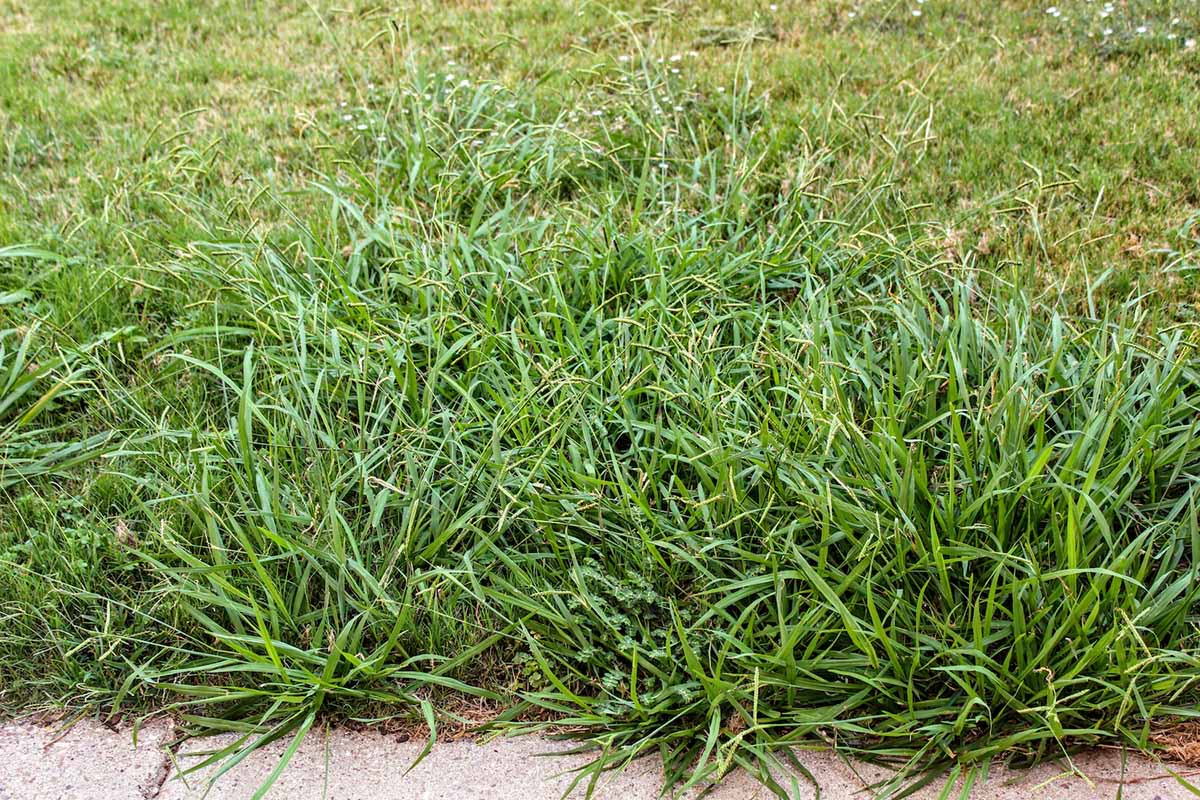
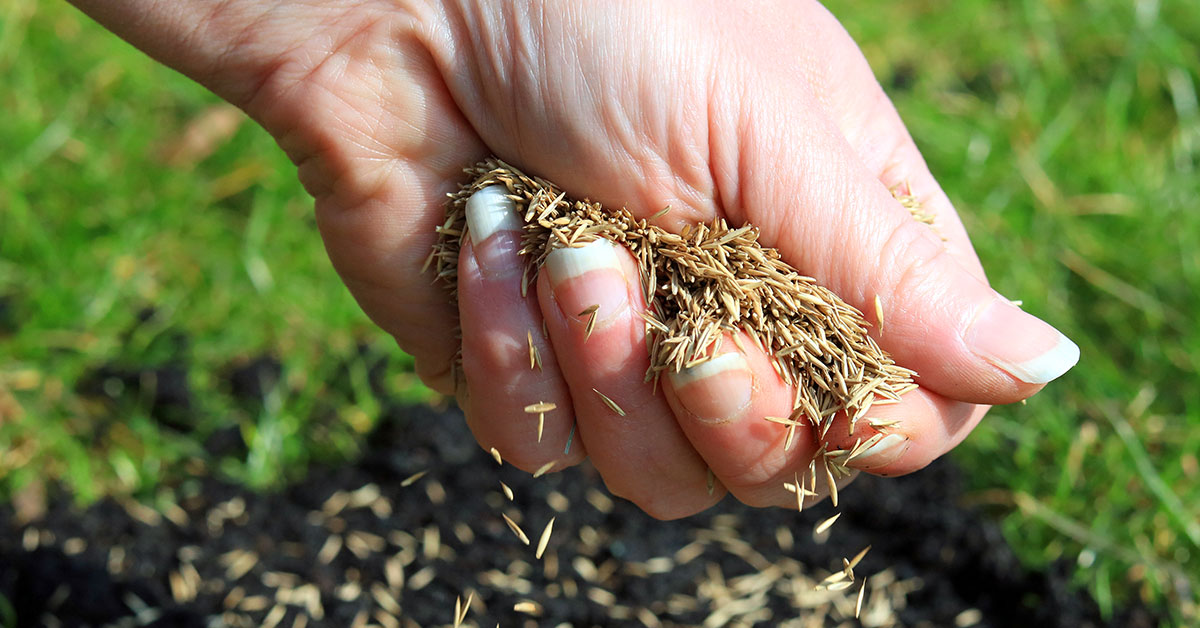
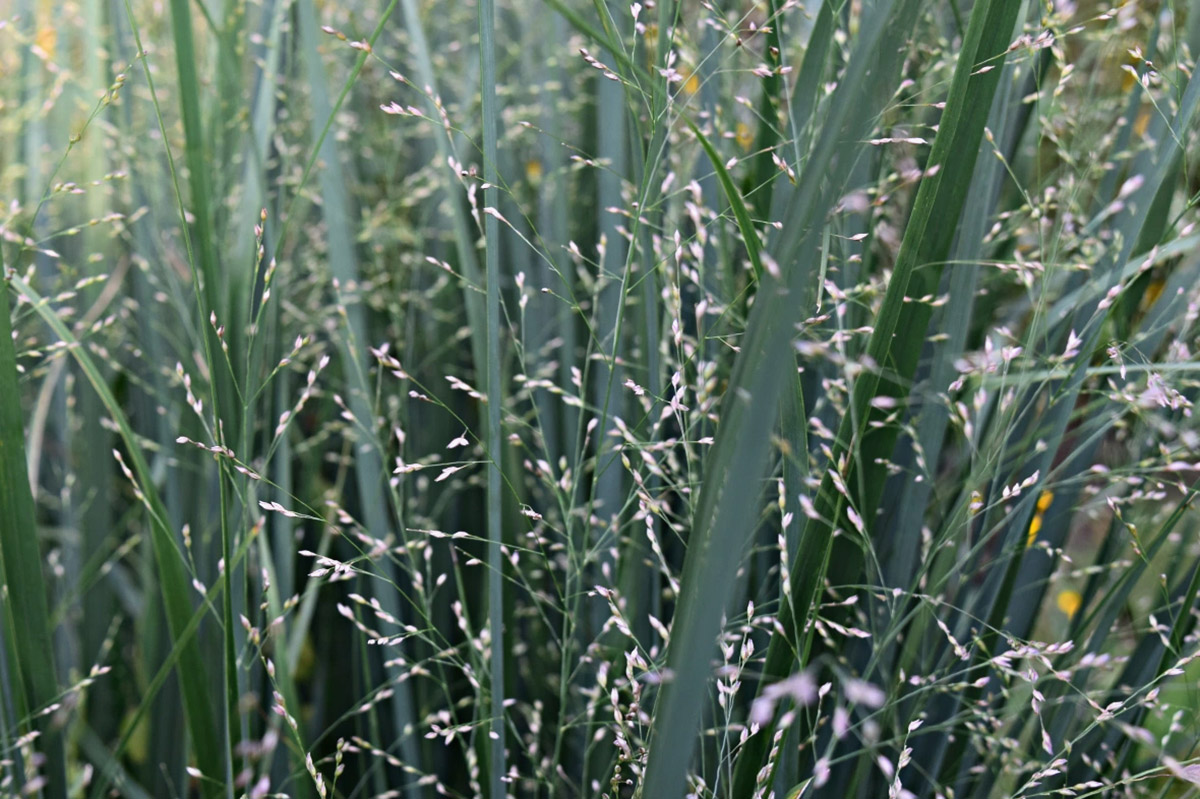
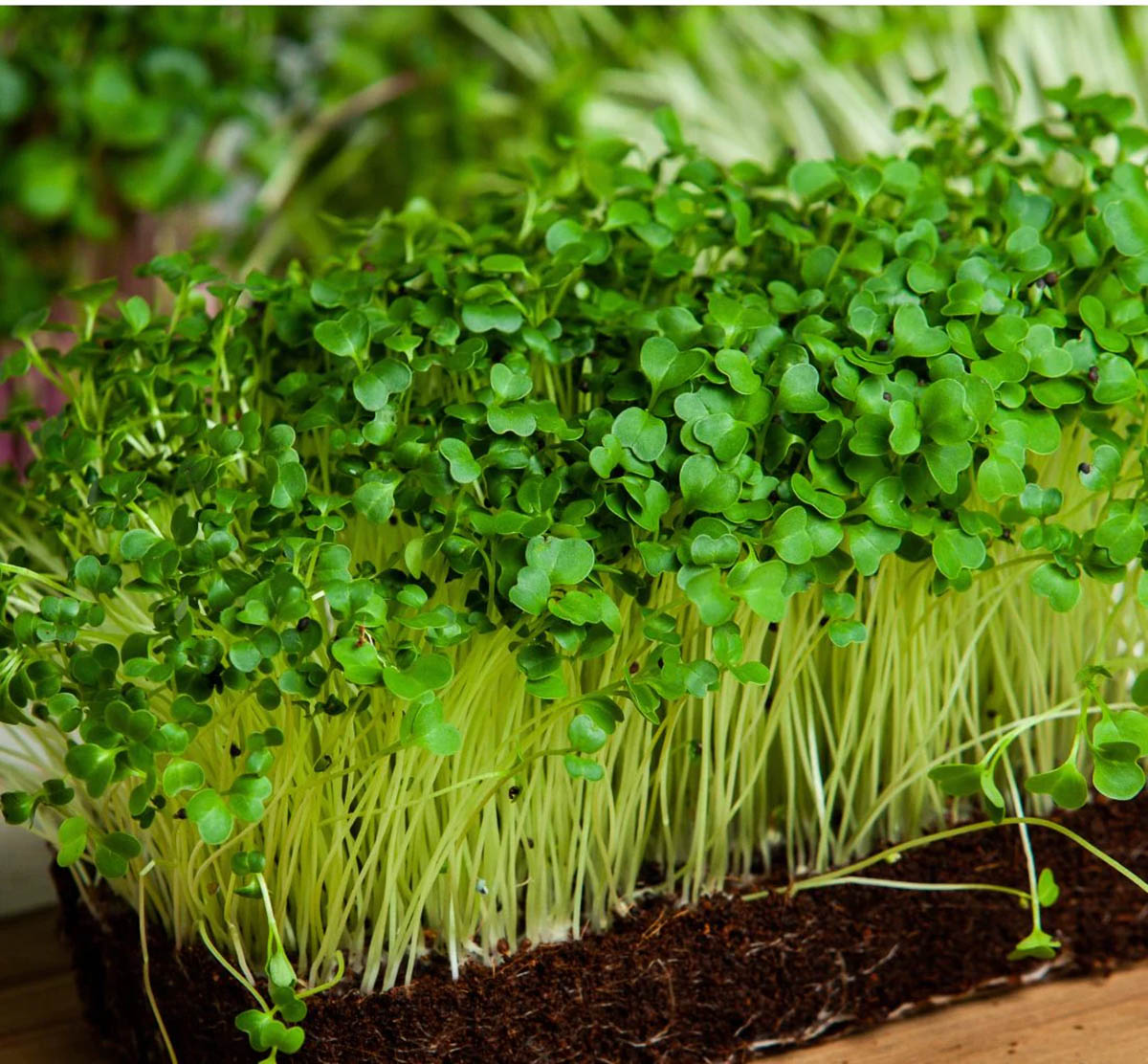
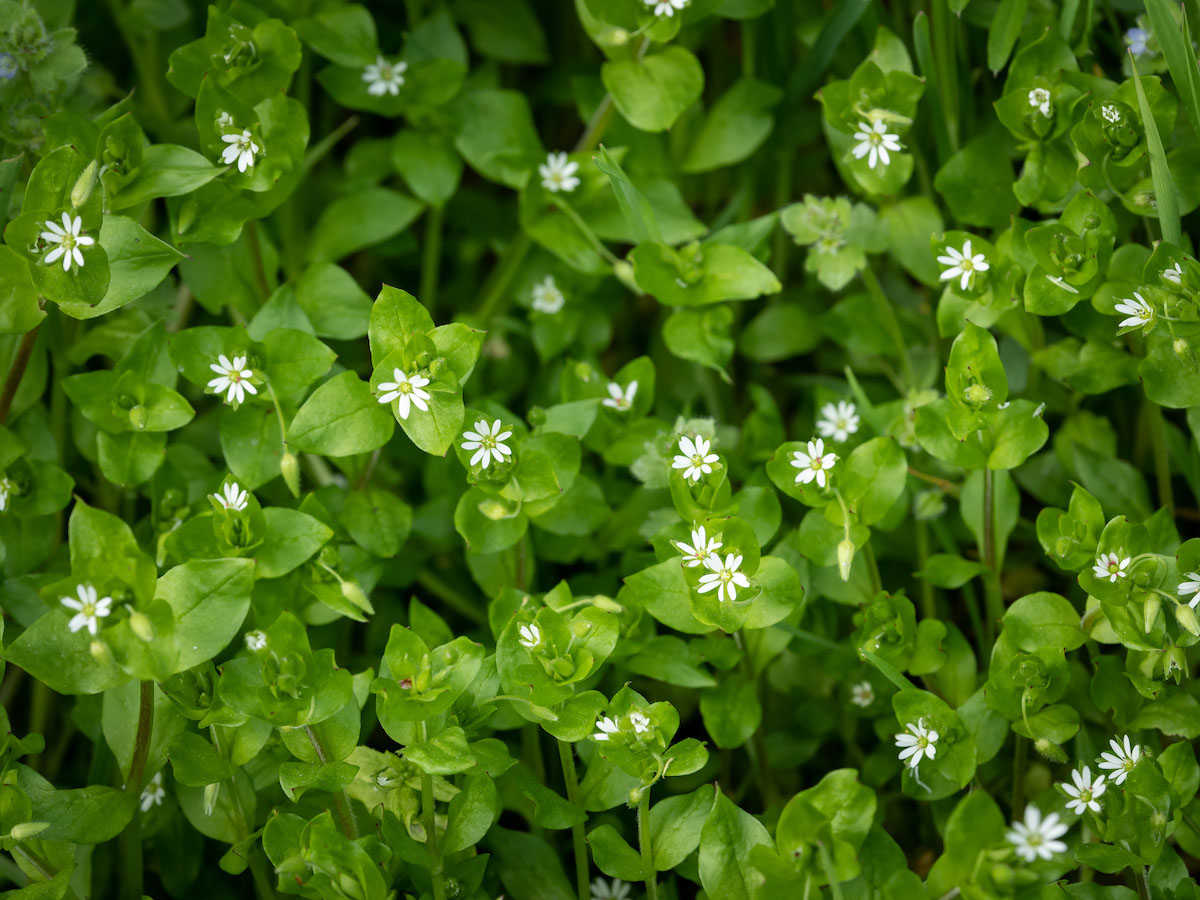
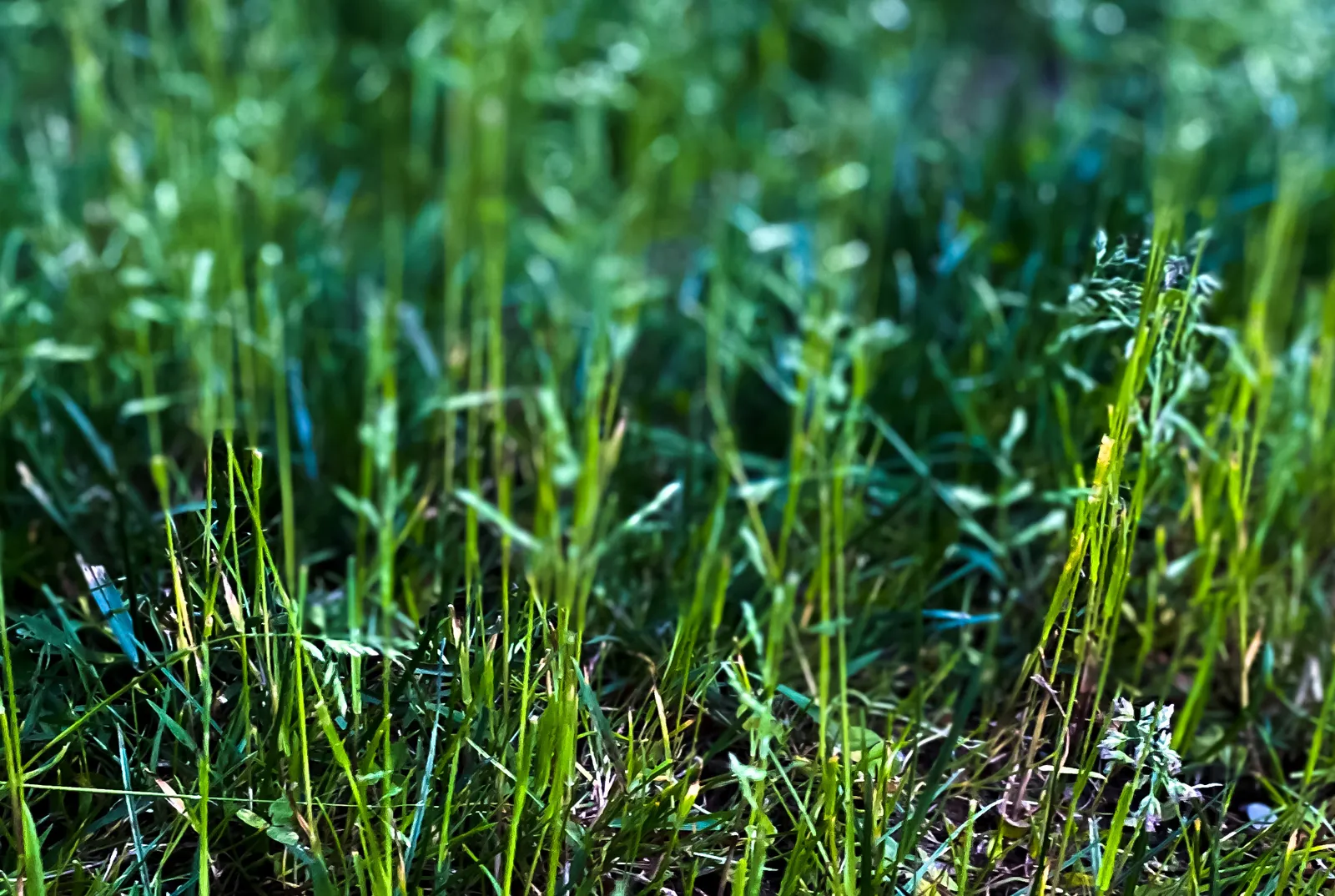
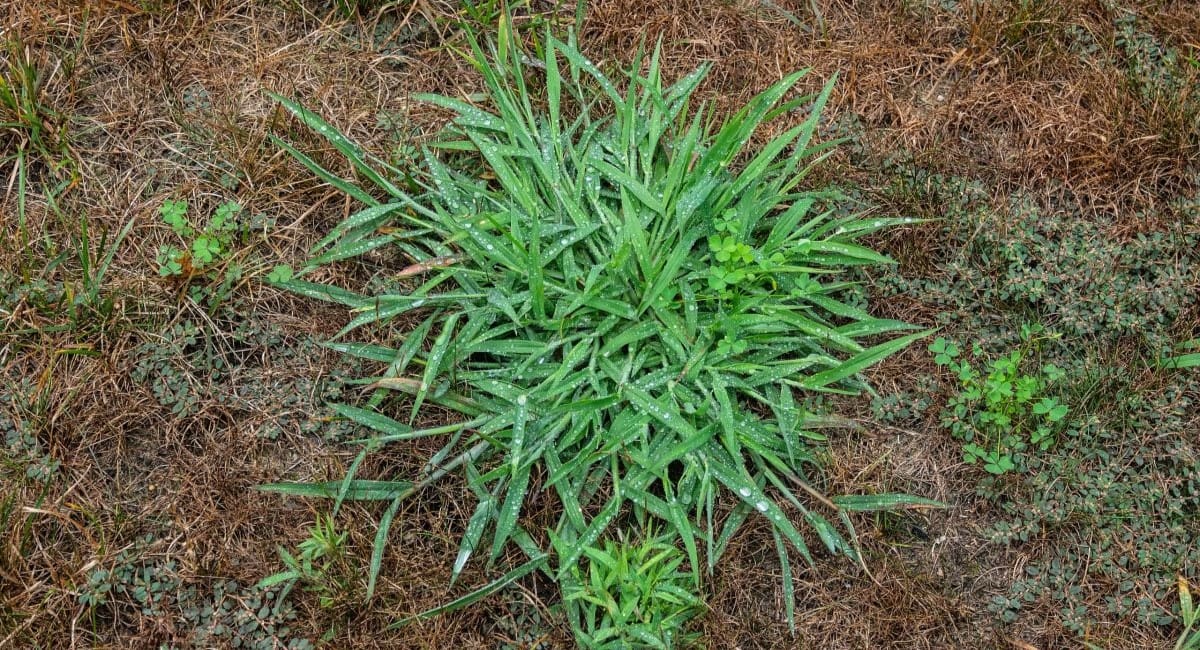
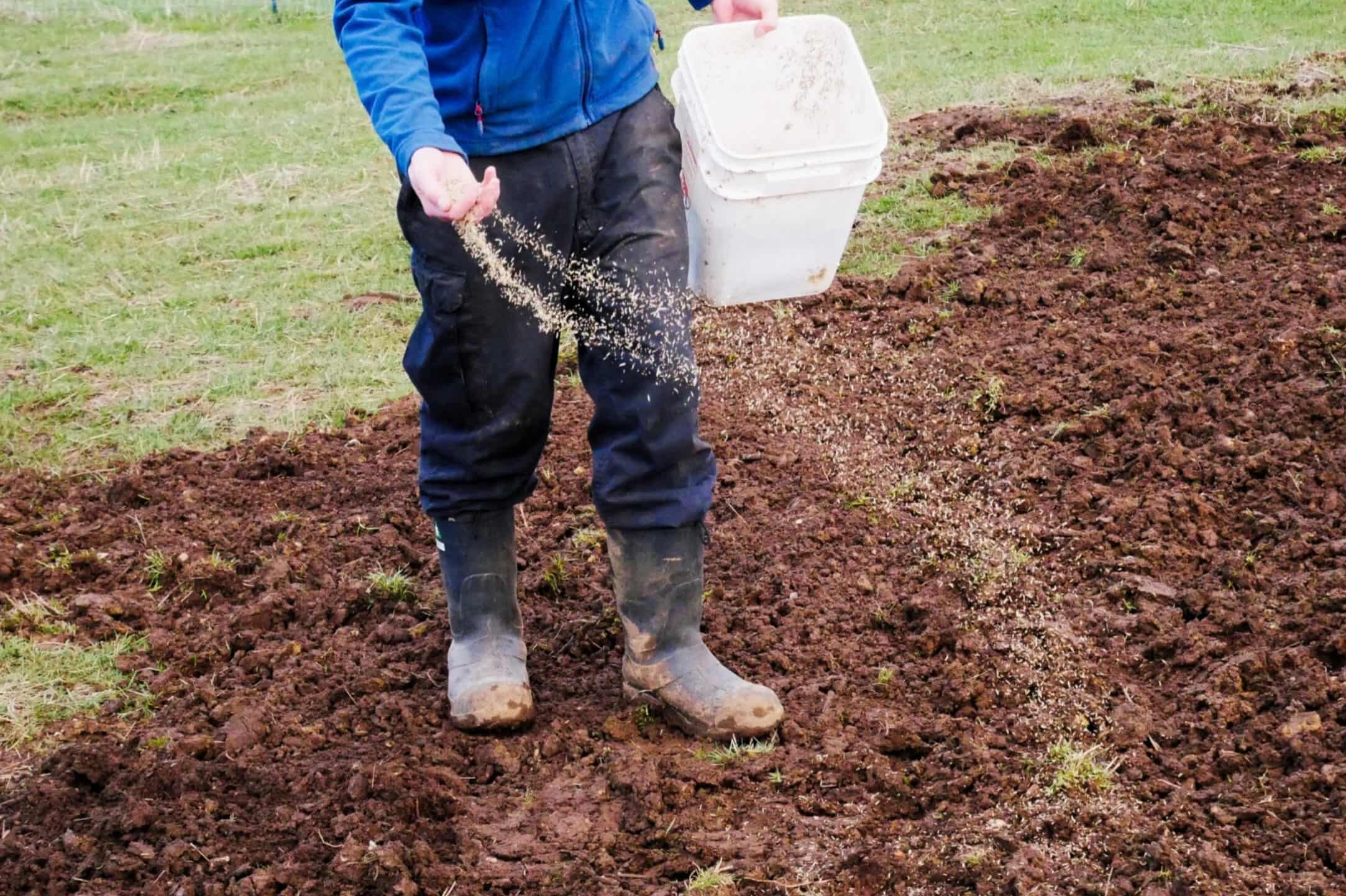

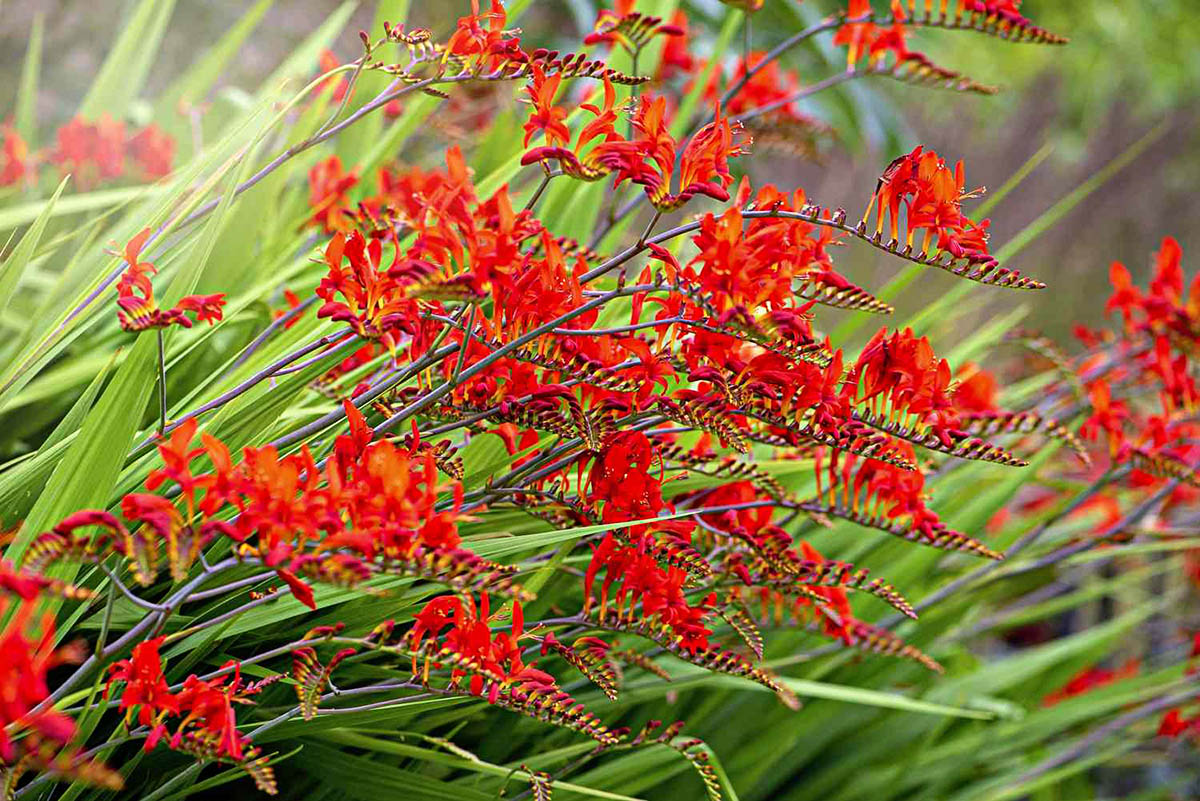
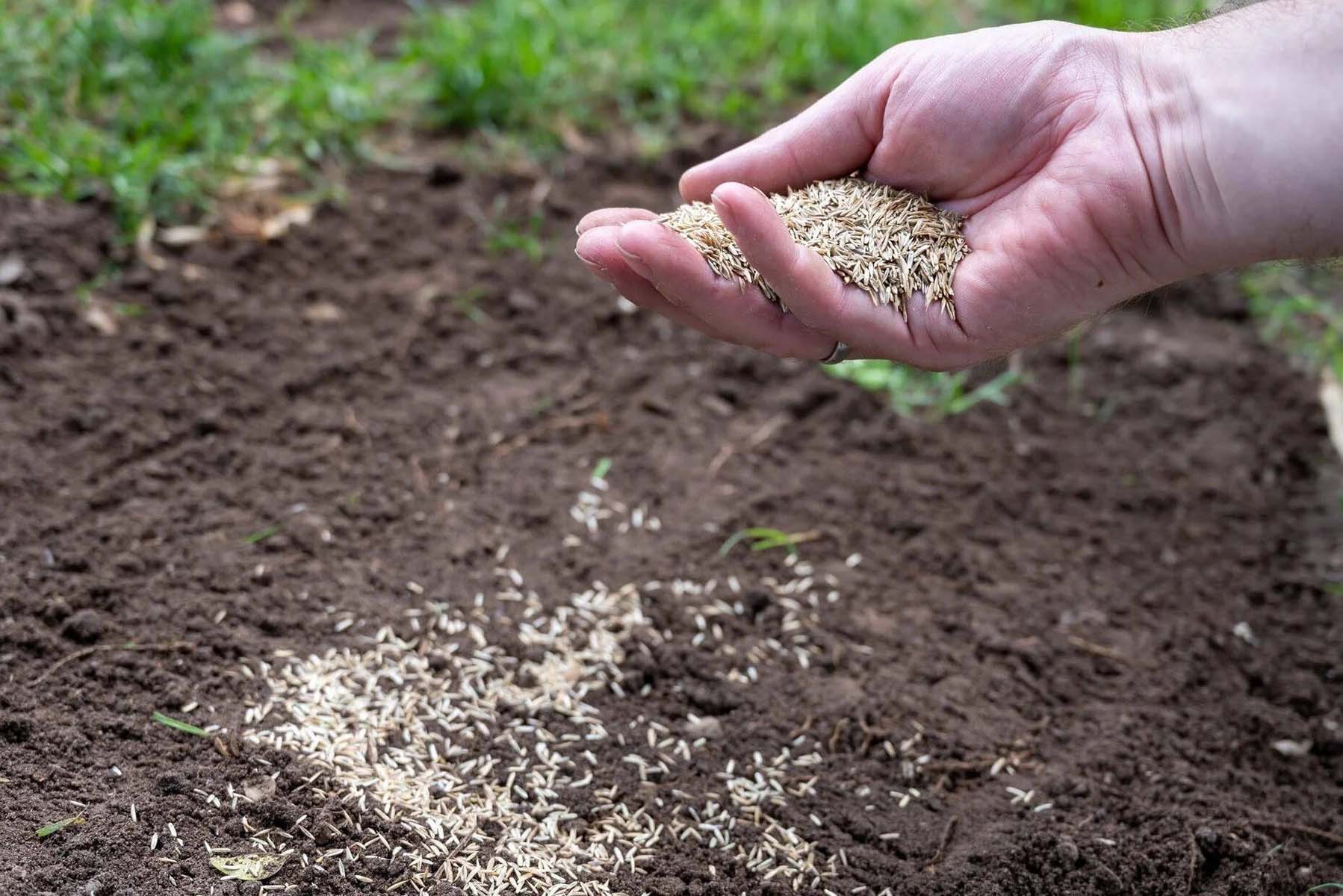
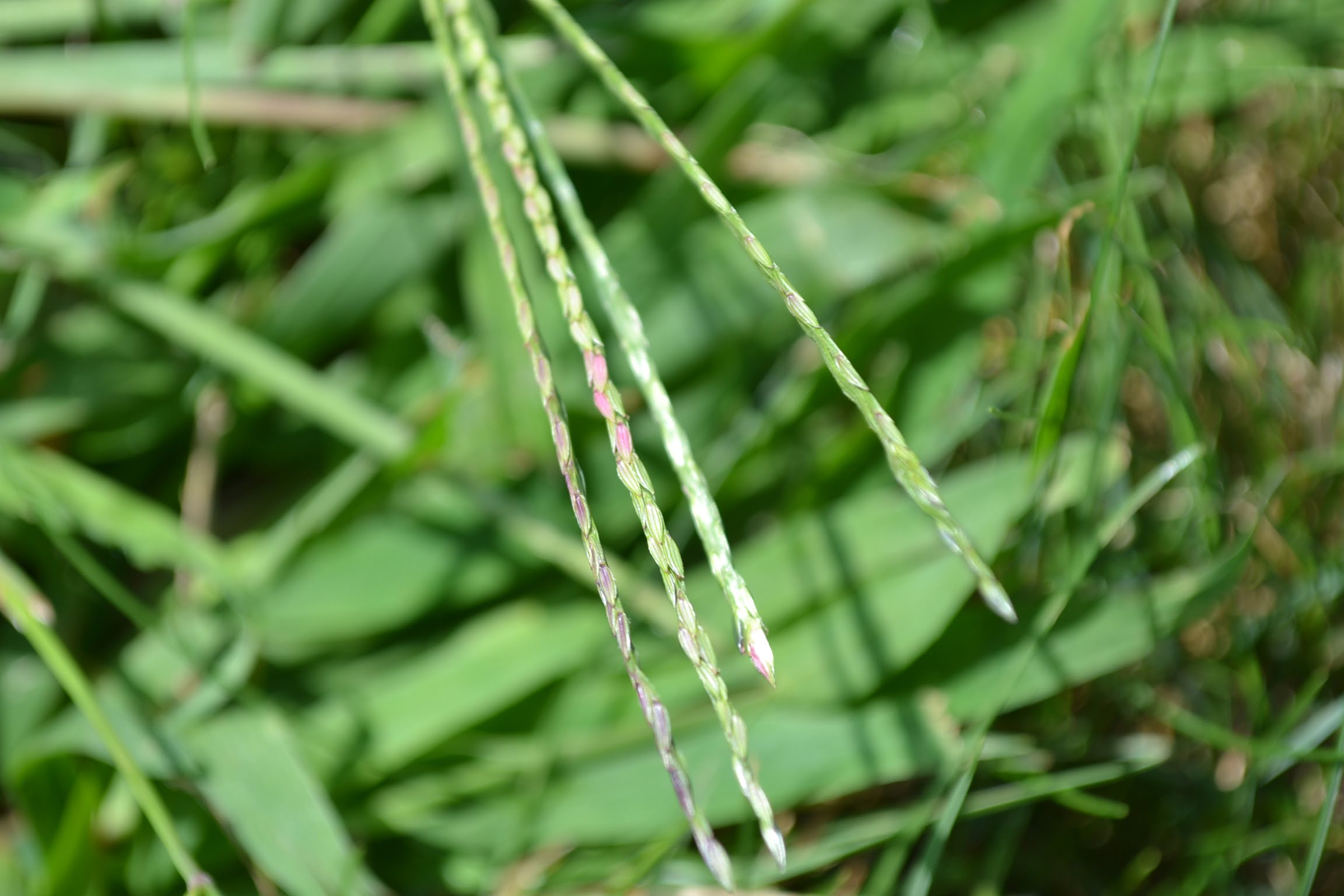
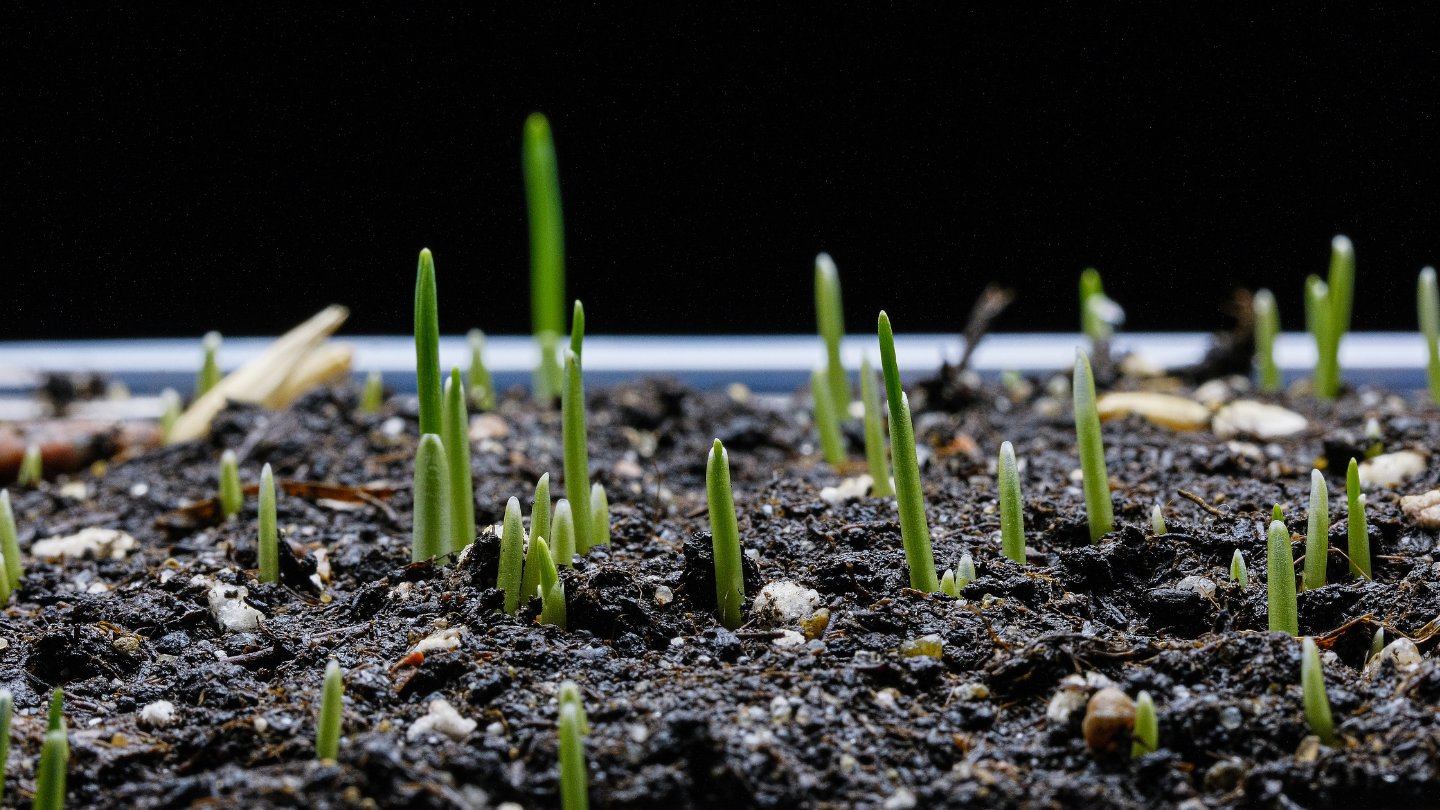

0 thoughts on “When Does Crabgrass Germinate In Massachusetts”